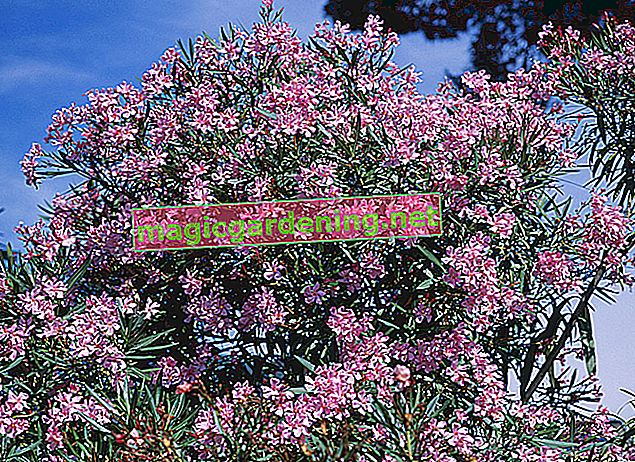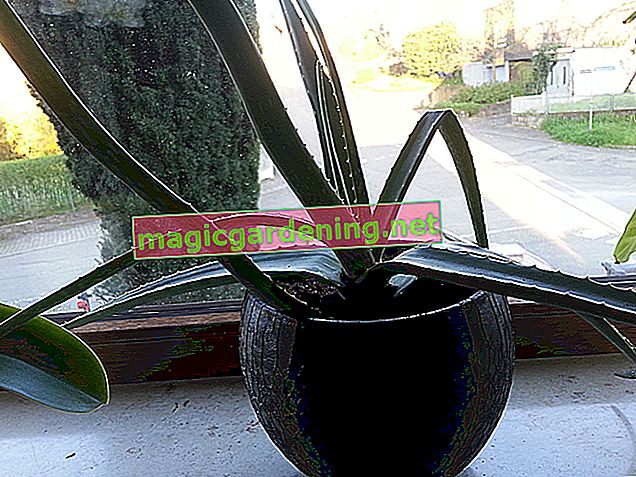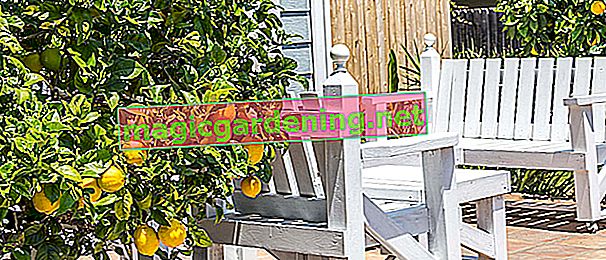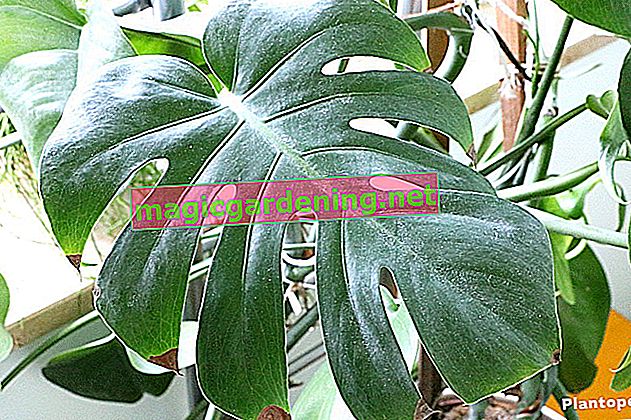
Fruit formation robs the plant of its strength
These fruits are quite long, narrow and turn brown when ripe. In so far as they have been able to mature, they contain numerous seeds. However, the development of the fruits of the plant costs a lot of energy, which in turn is not available for flower formation. For this reason, you should consider carefully whether you remove the fruit sets in good time - and thus encourage the oleander to continue to bloom - or actually leave the fruit on the bush and hope that you can harvest the seeds.
also read
- Oleander - cut off follicles or leave them hanging?
- Should you cut off old inflorescences from the oleander?
- Sick oleander - buds won't pop or fall off. What to do?
Propagate oleanders from self-collected seeds
Oleander can be propagated very well from seeds you have collected yourself. To do this, spread the seeds on low-nutrient potting soil and keep the substrate evenly moist. Oleander is one of the light germs, which is why the seeds should not be covered with soil. Instead, a transparent cover comes over the planter, as high humidity increases the germination capacity. Stratification, however, is not necessary. The first delicate green tips of the new oleander plants can be seen after about four weeks. As soon as the plant is big enough - i.e. at least ten centimeters high - pot it into a container with nutrient-rich oleander soil, ie a mixture of potting soil, loamy garden soil and some sand.
Caution: fruits are extremely poisonous!
Always be careful when handling oleander and wear gloves: The fruits are just as poisonous as all other parts of the plant. Serious symptoms of poisoning are possible even with mere skin contact, for example if the sap gets into open wounds or on the mucous membranes and thus into the bloodstream. In addition, do not consume the fruits or the seeds of the oleander!
Tips
If you have pets or small children, it is better not to use oleanders: Cats, for example, like to nibble on the leaves, although the mere sharpening of the claws on the oleander trunk can have dramatic consequences.








